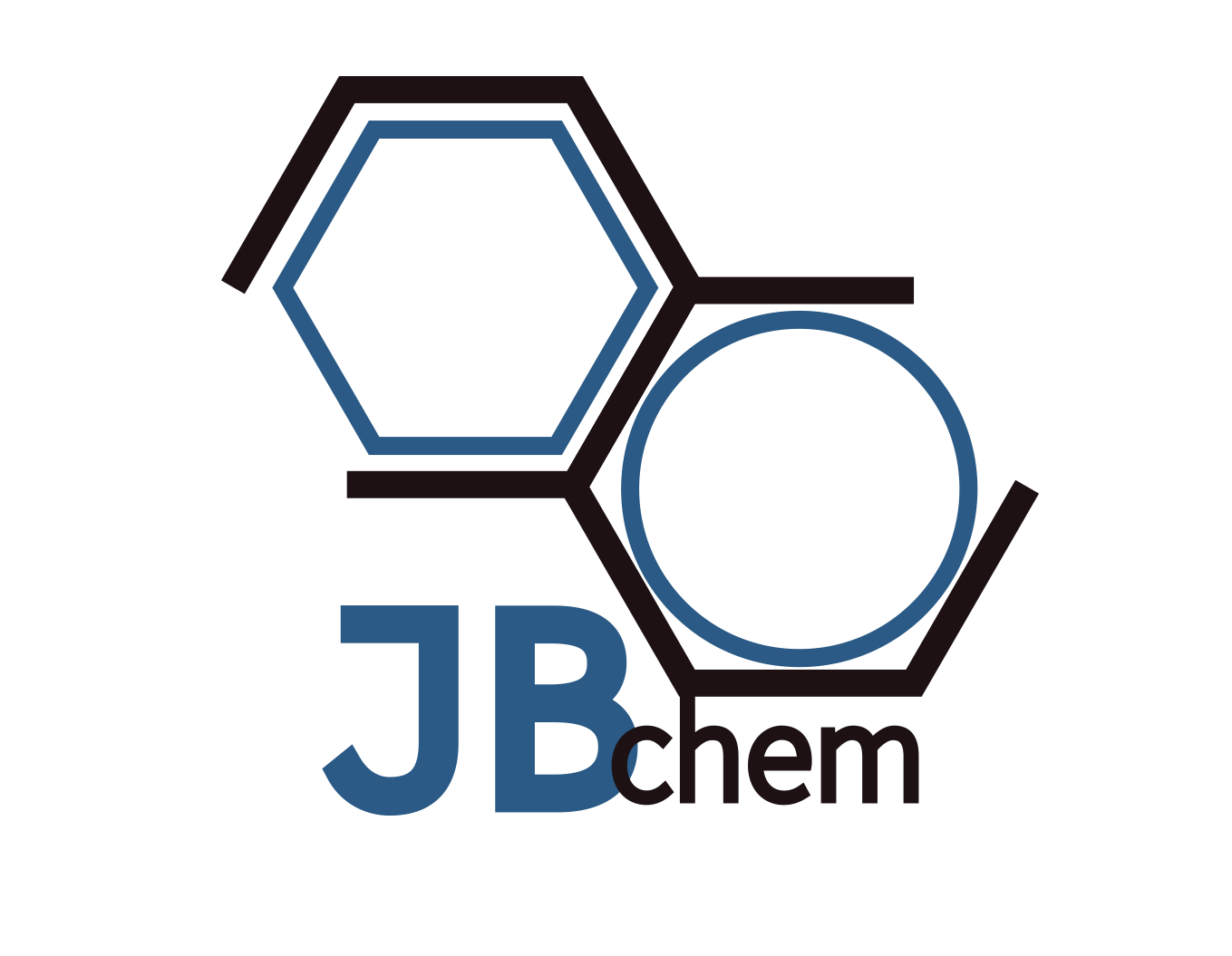Europium Chloride EuCl3.6H2O
Product Properties
Product:Europium Chloride
Formula: EuCl3.6H2O
CAS No.: 13759-92-7
Molecular Weight: 366.32
Density: 4.89 g/cm3
Melting point: 50 °C
Appearance: White crystalline
Specification of Europium Chloride
| Eu2O3/TREO (% min.) | 99.999 | 99.99 | 99.9 |
| TREO (% min.) | 45 | 45 | 45 |
| Rare Earth Impurities | ppm max. | ppm max. | % max. |
| La2O3/TREO CeO2/TREO Pr6O11/TREO Nd2O3/TREO Sm2O3/TREO Gd2O3/TREO Tb4O7/TREO Dy2O3/TREO Ho2O3/TREO Er2O3/TREO Tm2O3/TREO Yb2O3/TREO Lu2O3/TREO Y2O3/TREO | 1 1 1 1 2 1 1 1 1 1 1 1 1 1 | 5 5 5 5 10 10 10 10 5 5 5 5 5 5 | 0.001 0.0031 0.001 0.001 0.05 0.025 0.001 0.001 0.001 0.001 0.001 0.001 0.001 0.001 |
| Non-Rare Earth Impurities | ppm max. | ppm max. | % max. |
| Fe2O3 SiO2 CaO CuO NiO ZnO PbO | 5 50 10 2 2 3 3 | 10 100 30 5 5 10 10 | 0.001 0.01 0.001 0.001 0.001 0.001 0.001 |
Application of Europium Chloride
- Europium chloride is extensively used in the synthesis of europium-doped phosphors, which are crucial components in the production of color displays, fluorescent lamps, and LEDs. The red and blue phosphors derived from europium provide the vibrant colors necessary for high-definition displays and energy-efficient lighting. The ability of europium ions to convert ultraviolet light into visible light with high efficiency makes europium chloride a valuable precursor in phosphor manufacturing.
- In the field of catalysis, europium chloride can serve as a catalyst or co-catalyst in various organic reactions. Its application includes facilitating reactions such as polymerization, where its unique properties can influence the reaction pathway or improve the efficiency of the process.
- Europium-doped materials, prepared using europium chloride, are used in lasers and other optical applications. These materials can emit light at specific wavelengths when excited, making them useful in laser technology for medical, industrial, and research purposes. The properties of europium ions allow for precise control over the emission characteristics of these materials.
- Europium chloride is utilized in chemical and materials science research as a source of europium ions. It is used in the synthesis of complex europium compounds and for studying the properties of europium in various chemical and physical contexts. This includes research into new luminescent materials, magnetic materials, and other europium-based compounds with potential technological applications.

